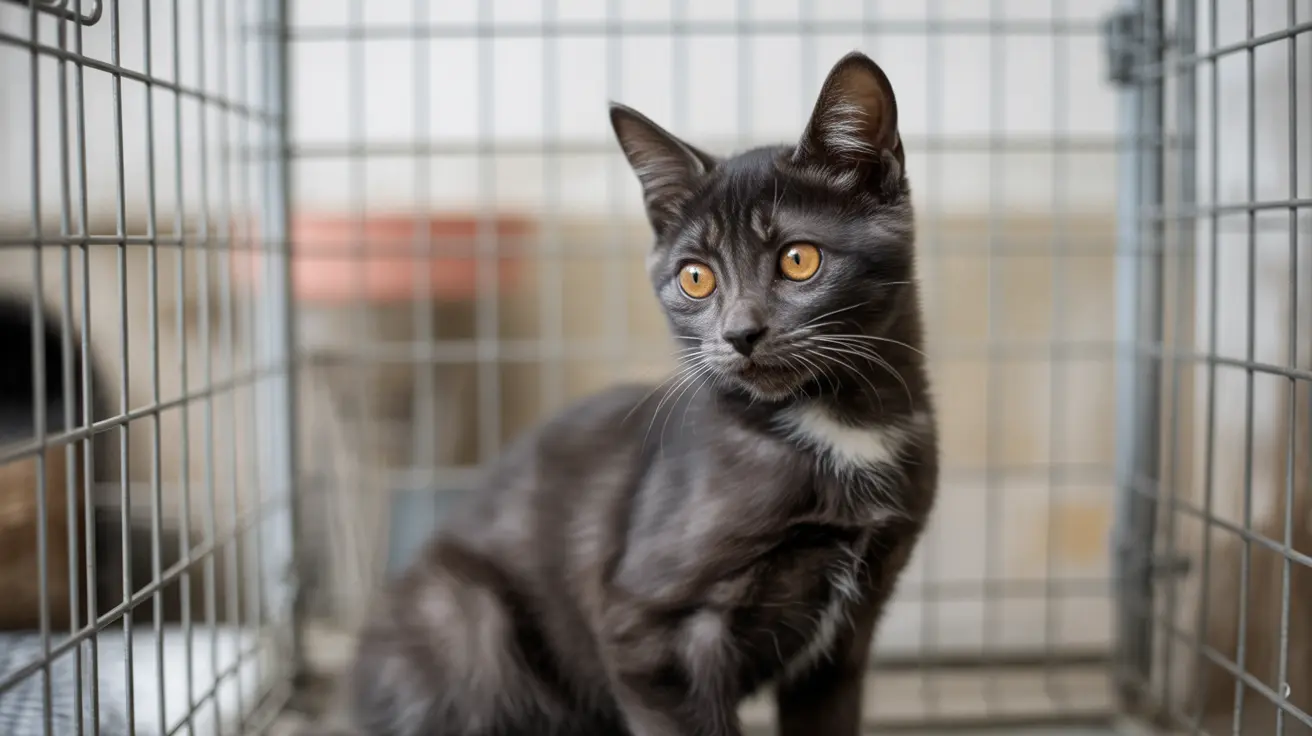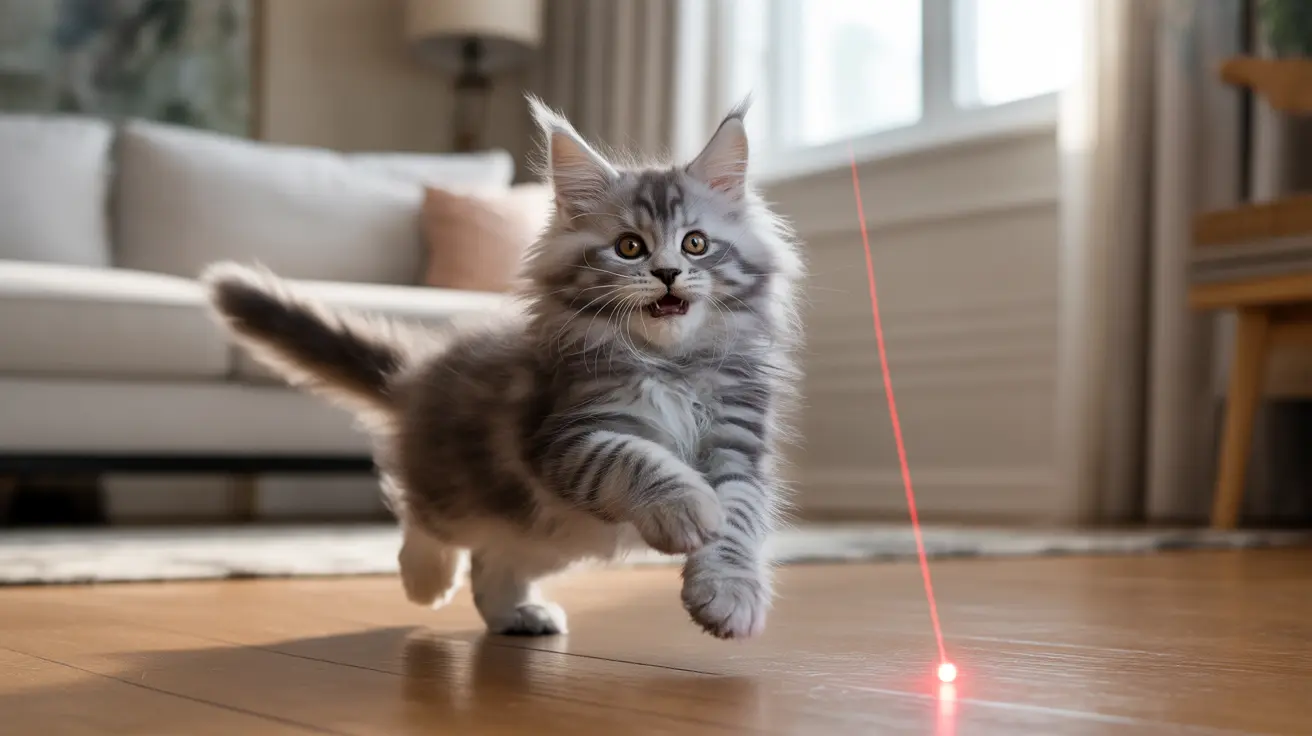Can I Touch My Dog If I Have Norovirus? A Guide for Pet Owners
Norovirus is a highly contagious virus known for causing acute gastrointestinal illness in humans. But did you know it can also affect dogs? Although rare, transmission of norovirus from humans to dogs has been documented in several scientific studies. This makes it essential for pet owners to understand the risks and precautionary measures when someone in the household is infected.
Understanding Norovirus
Norovirus is one of the leading causes of acute gastroenteritis worldwide. In humans, the infection typically results in:
- Vomiting
- Diarrhea
- Abdominal pain
- Fever (occasionally)
This virus spreads rapidly through contaminated food, water, surfaces, and direct contact with infected individuals. Its environmental stability allows it to survive for long periods on surfaces, making cross-contamination easy.
Can Dogs Get Norovirus from Humans?
Yes — although rare, dogs can occasionally contract human norovirus. Dogs generally have their own species-specific noroviruses, but there is growing evidence of human-to-dog transmissions, especially in households experiencing active outbreaks.
- Studies have detected human norovirus RNA in dog feces from homes with symptomatic individuals.
- Antibodies against human norovirus have been found in about 13% of tested dogs, reflecting prior exposure.
- In one documented case in Thailand, both children and dogs in a household suffered from a norovirus outbreak. Genetic analysis of the virus supported human-to-dog transmission.
Symptoms of Norovirus in Dogs
If a dog contracts norovirus, the symptoms tend to be mild and resemble other gastrointestinal issues. Common signs include:
- Watery diarrhea
- Vomiting
- Lethargy
- Dehydration
- Loss of appetite
- Abdominal discomfort
Unlike canine parvovirus, norovirus generally does not cause blood in vomit or feces. Many of these symptoms overlap with other canine illnesses, so proper diagnosis is key.
Diagnosis and Treatment
To determine whether a dog has norovirus, veterinarians often follow a diagnosis by exclusion:
- Rule out other viruses such as canine parvovirus and distemper.
- Collect and analyze fecal samples through PCR testing to detect viral RNA if necessary.
Treatment is supportive and focuses on:
- Maintaining hydration and electrolyte balance
- Feeding bland diets (e.g., boiled chicken and rice)
- Using anti-nausea or anti-diarrheal medications under veterinary guidance
With proper care, most dogs recover within a week. Puppies, elderly dogs, and those with underlying health issues may require more intensive observation.
Should You Touch Your Dog While Sick with Norovirus?
Direct contact should be minimized when you have norovirus, even with your pets.
While documented cases of dog-to-human transmission are extremely rare, human-to-dog transmission has been observed. Norovirus particles can survive on surfaces — including a dog’s fur — making hand hygiene crucial.
Best Practices for Hygiene and Prevention
Follow these precautions to protect both yourself and your pets:
- Wash hands thoroughly before and after handling pets or their waste.
- Disinfect contaminated surfaces immediately and regularly.
- Avoid letting dogs lick your face or lie on surfaces contaminated by vomit or feces.
- Isolate symptomatic individuals — human or animal — until recovery.
Consider appointing another household member to care for your dog during your illness if possible.
Reverse Zoonosis: The Human-Animal Connection
Most cases of norovirus spread through direct human-to-human contact, but reverse zoonosis—disease transmission from humans to animals—is gaining scientific attention. Though uncommon, it highlights the importance of caution and awareness in mixed-species households.
When to Consult a Veterinarian
If your dog shows gastrointestinal symptoms during or after a household norovirus outbreak:
- Contact your veterinarian promptly.
- Monitor hydration levels and energy.
- Keep your pet isolated from other animals until symptoms resolve.
Your vet may advise lab testing or several days of supportive care. Early intervention can help prevent complications, especially in vulnerable dogs.
Conclusion
While norovirus primarily affects humans, pets living in the same home can sometimes contract the virus. If you're suffering from norovirus, practice excellent hygiene, limit your dog's exposure to contaminated surfaces and bodily fluids, and watch for signs of illness. With cautious care and attention, you can protect your furry friend and promote a fast recovery for both of you.





